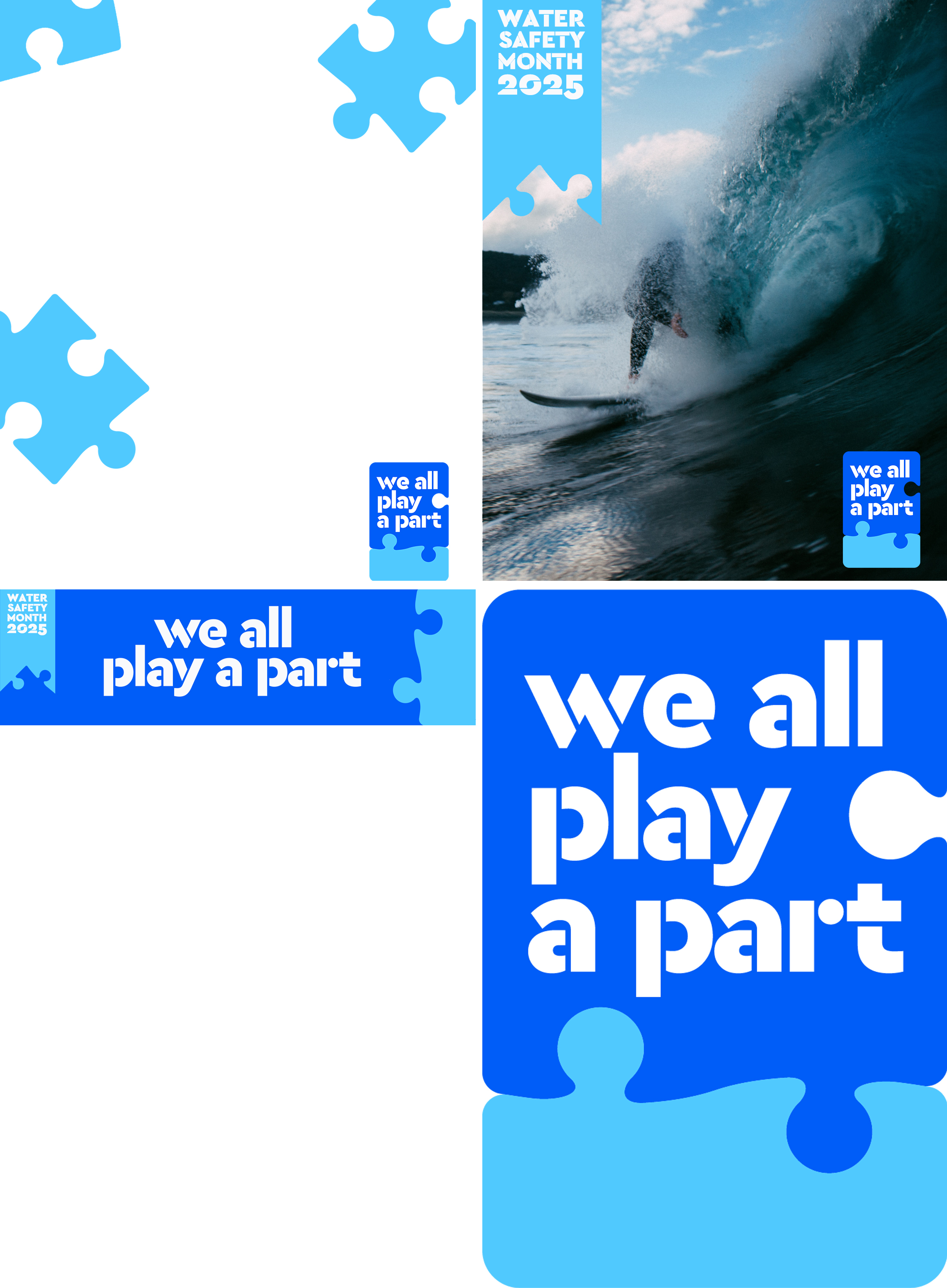Cold water can cause hypothermia, increasing the risk of drowning, and impact people of all ages and fitness levels.
Even in summer, New Zealand’s lakes, rivers, and oceans can be deceptively cold. When you suddenly enter water below 15°C, your body can go into cold water shock—a dangerous, involuntary reaction that can cause you to gasp, panic, or even drown.
Before you head out, know what water is like, wear the right gear, and look after look after your mates. It only takes seconds for a good day to turn into tragedy.
The hidden danger: cold water shock
Cold water can kill – fast.
What happens in cold water?
1–3 minutes: Cold water shock hits. You gasp, your breathing speeds up, and your muscles tighten.
Up to 10 minutes: It becomes harder swim or even float.
After 30 minutes: Hypothermia can set in. You may lose consciousness if you're not rescued.
How to stay safe:
Check the temperature: Don’t assume the water is safe because the weather is warm.
Acclimatise slowly: Enter water gradually—never jump or dive straight in.
Wear a lifejacket: It can keep you afloat even if your body stops cooperating.
Stay calm and know how to float: If you fall in, float on your back, keeping your head above water, and control your breathing.
Cold water survival – key messages
- Ensure that you know water survival skills
- Always wear lifejackets when boating. If there is a possibility that you might end up in cold water, wear survival equipment or clothing that gives you thermal protection.
If Immersed in the cold water, follow the 1-10-1 guide:
- 1 minute to control your breathing – float, don’t panic and try not to hyperventilate
- 10 minutes to self-rescue, or plan your course of action
- 1 hour to incapacitation by hypothermia – can you make the safe distance you need by then? If not, stay where you are.
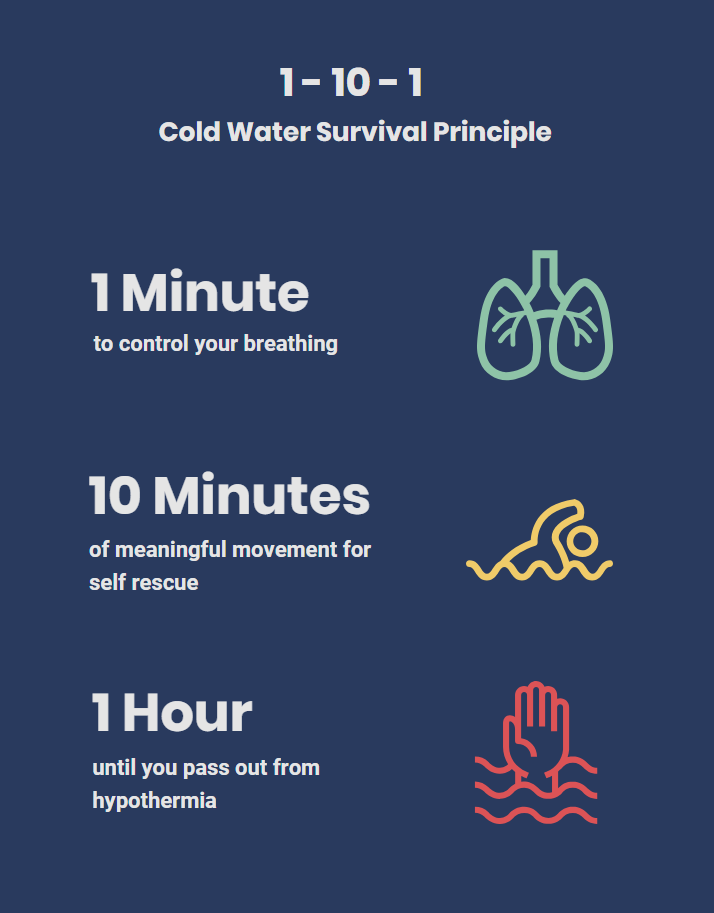
Water survival knowledge
- Learn water survival skills (such as treading water, HELP positions etc), not just how to swim
- Habituate yourself to cold water to help reduce cold shock in the event of falling in (e.g. cold immersion in your shower for 2-3 minutes)
Water recreation preparation
- Wear lifejackets and other appropriate gear for the activity you are undertaking e.g. wet suits; rash shirt (boogie boarding).
- If there is a possibility that you might fall into cold water, wear clothes that give you thermal protection.
- If possible, enter cold water slowly and keep your head above water.
Safety in the water in a case of sudden cold water immersion
- Hold your breath for the first 5 - 7 seconds if possible.
- Float for the first minute to get your breathing under control. Don’t panic and keep calm. Try not to hyperventilate.
- Plan the best course of action for the situation - you have 10 minutes of meaningful movement and around an hour before hypothermia renders you incapacitated
- If you can’t self-rescue, prepare to wait for rescue.
- If you are not wearing a lifejacket, you will find it difficult to stay afloat after 10 minutes and other important life-saving/survival activities will become difficult
- If you are not wearing a lifejacket, stay with your boat!
- If you are wearing a lifejacket: can you make the distance you need to in 45 minutes? Be careful of overestimating your ability and underestimating the risk. It is risky to leave your boat / position unless there is no likely chance of rescue within an hour and you feel you are close to the shore and/or safety.
- If you start to swim, swim with your head out of water at an even and sustainable pace.
- When your decision is made, stick to it.
- Exit the water as soon as possible.
When out of the water
- Remove all wet clothing and warm the person by wrapping them in dry clothing or blankets.
More information on Survival in Cold water, see Martime NZ.
More information about lifejackets, see Lifejackets are essential.
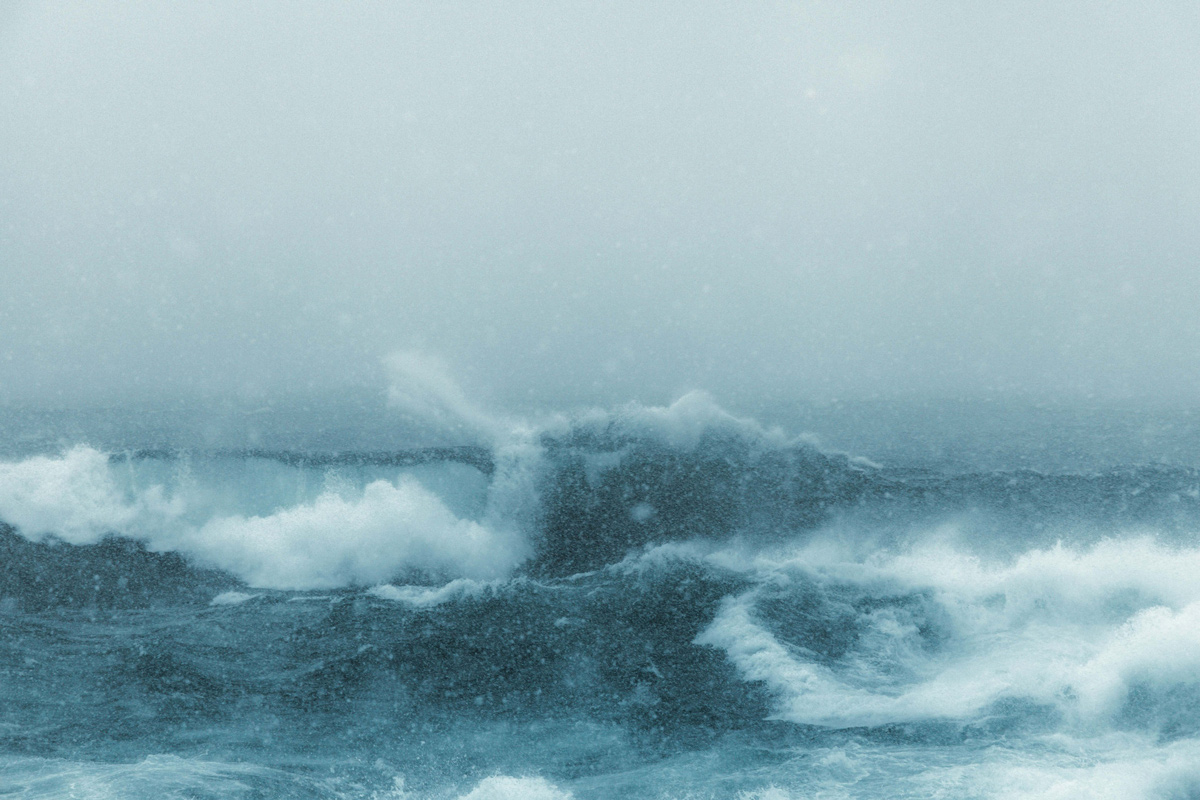
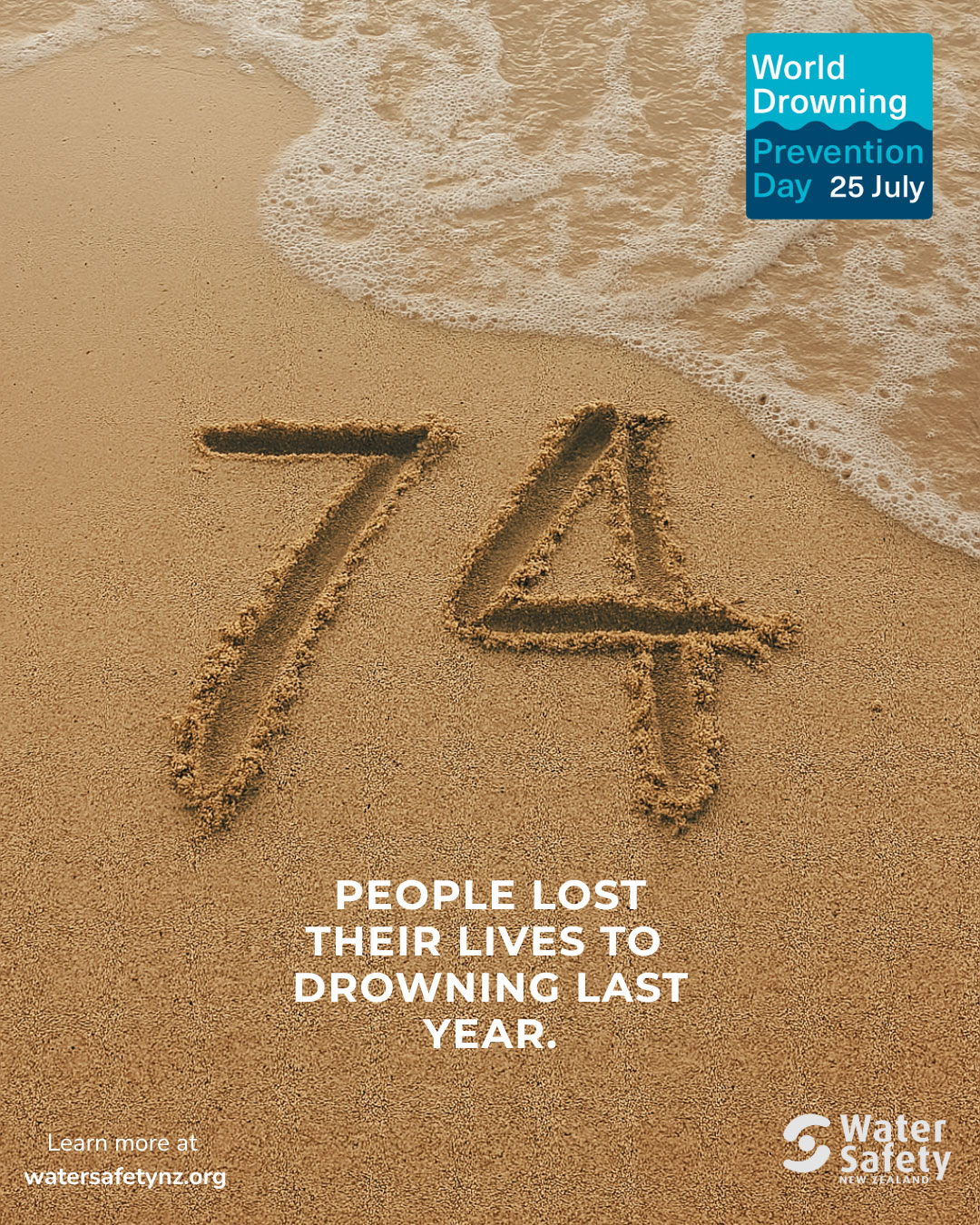
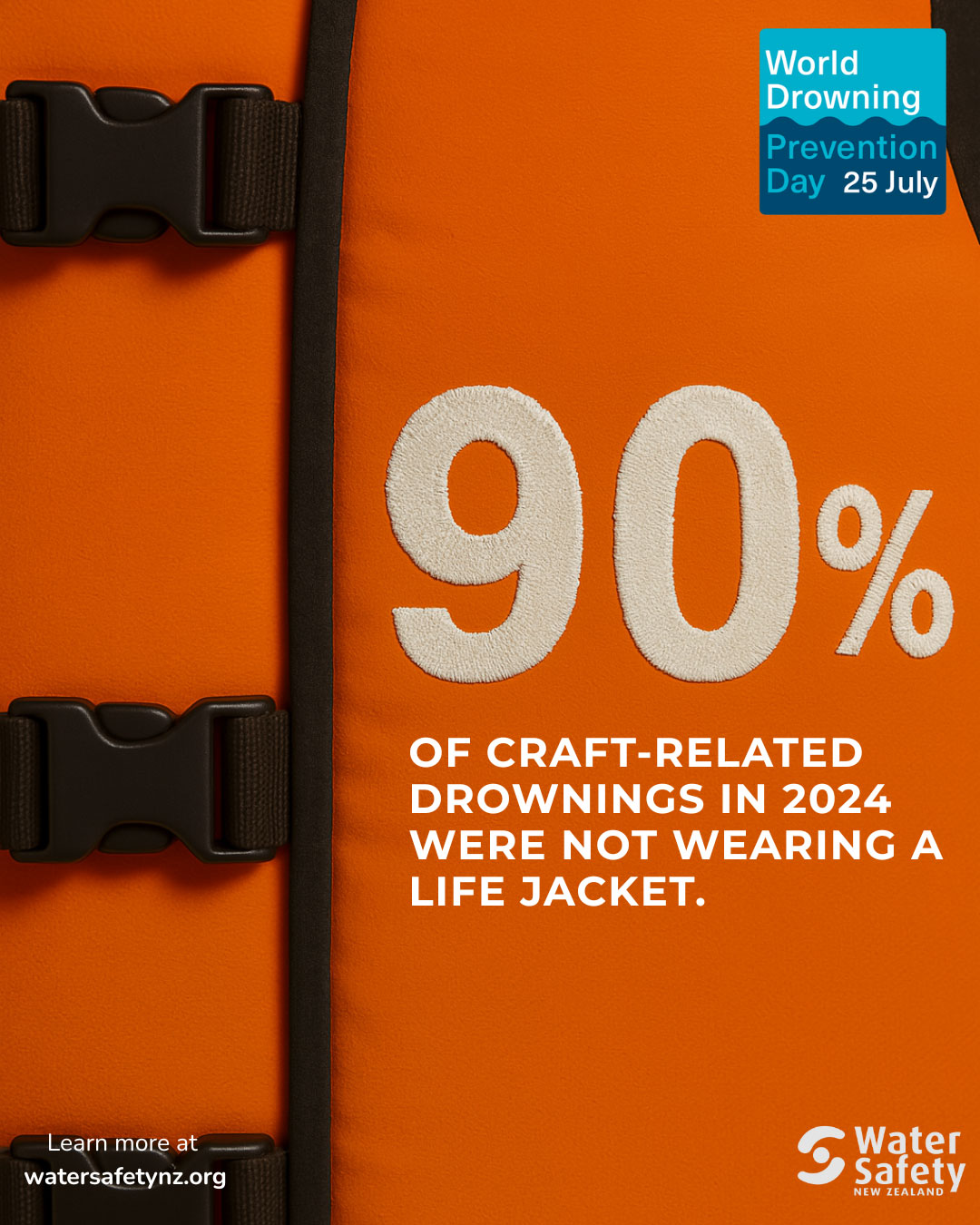
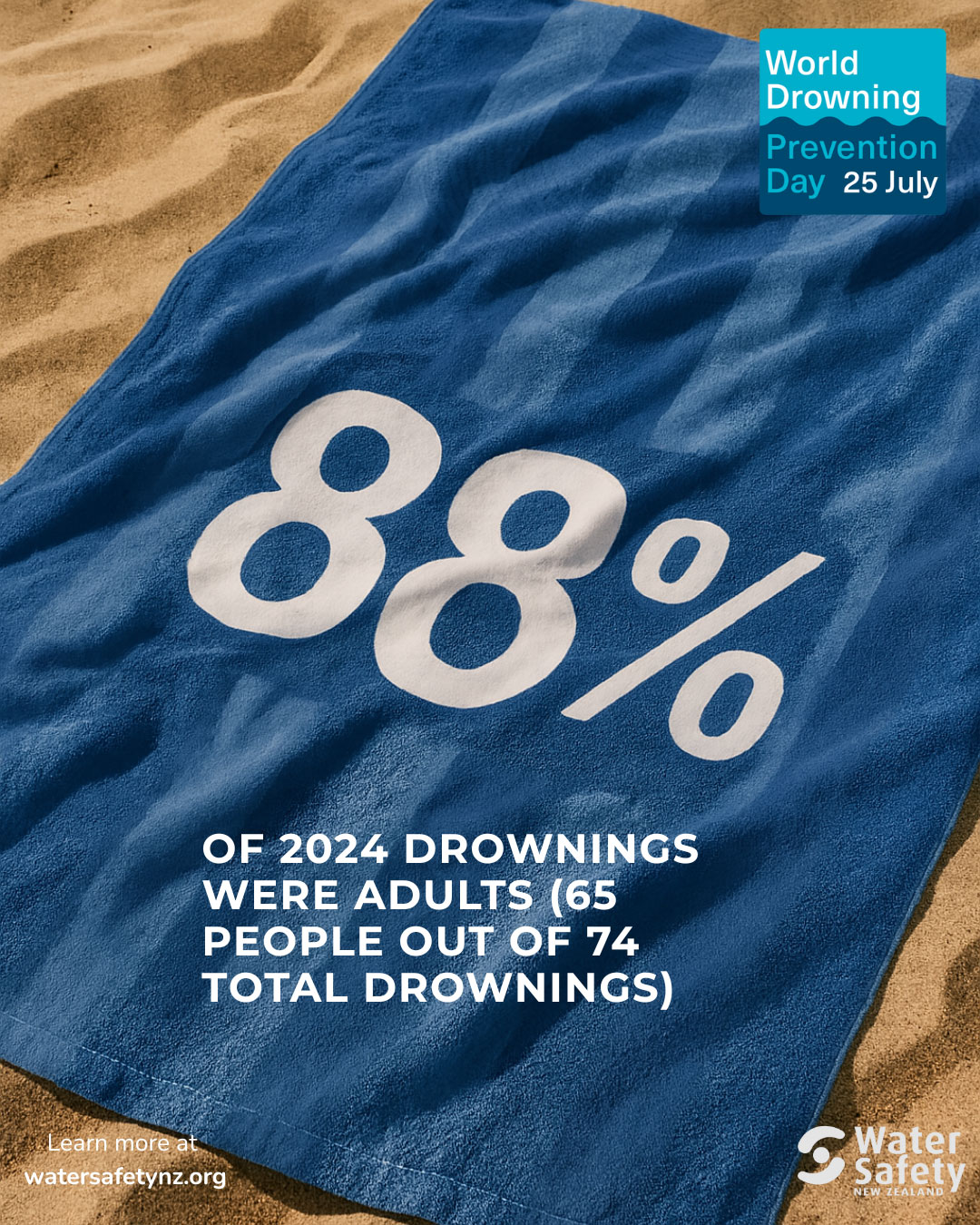


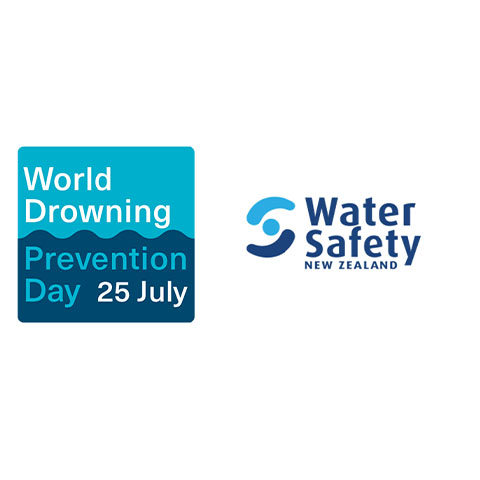
.jpg)
